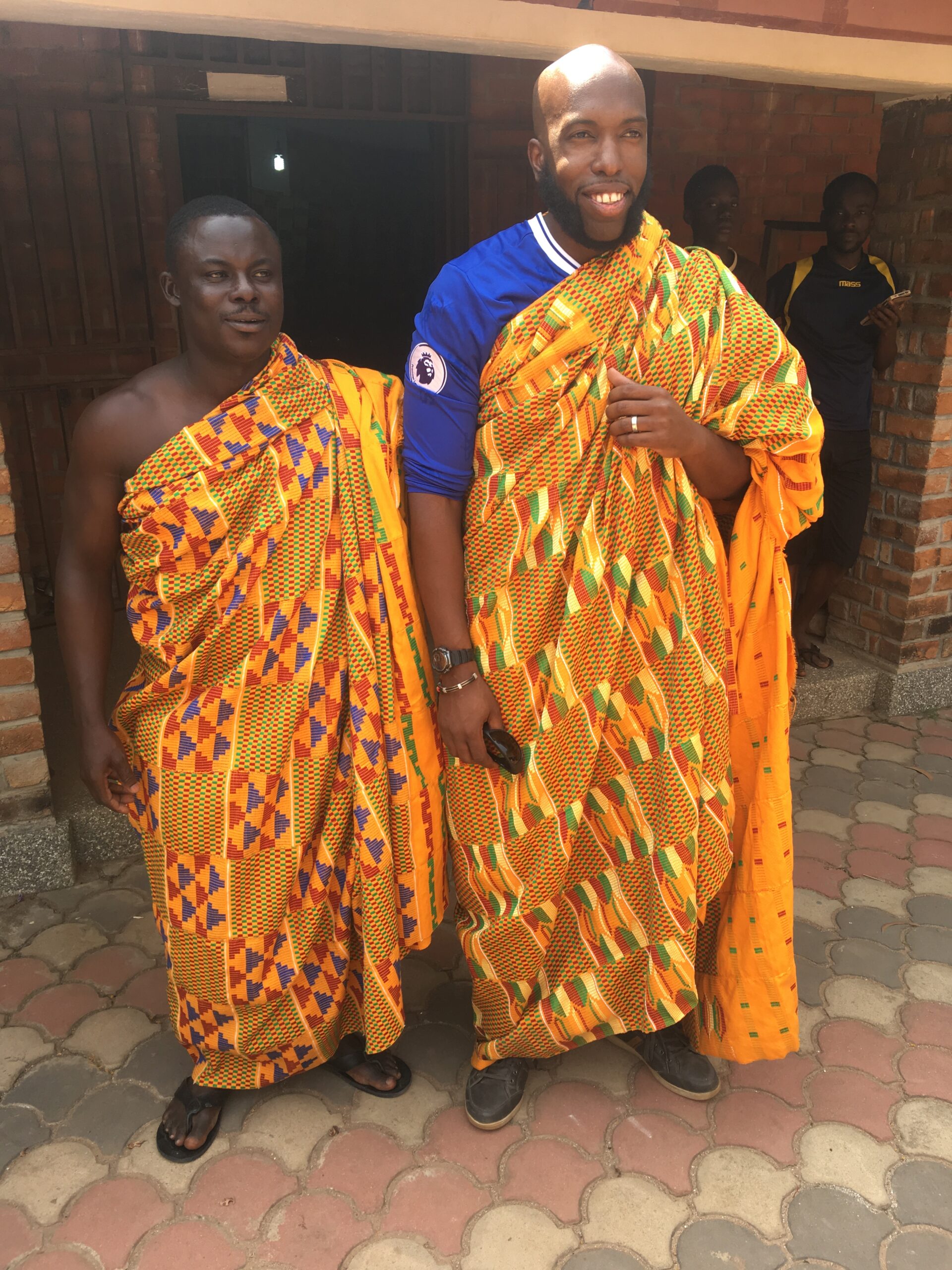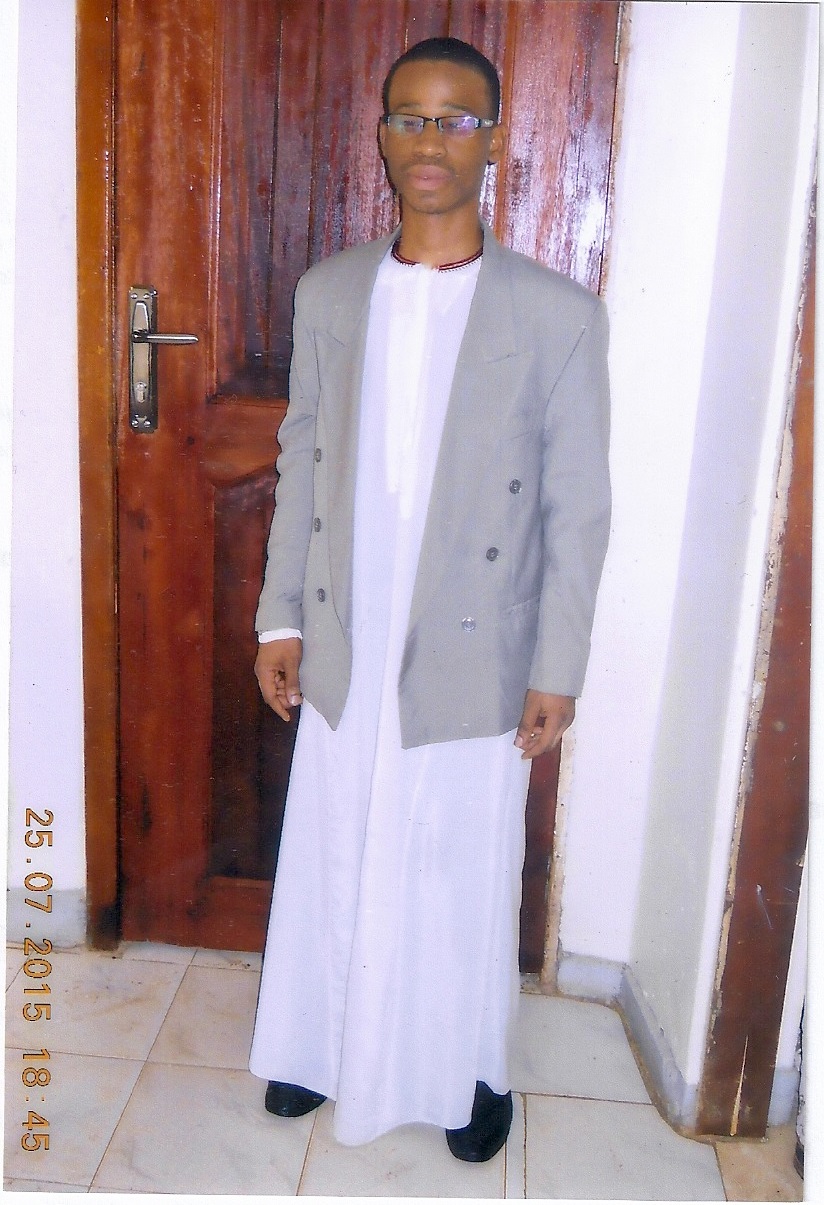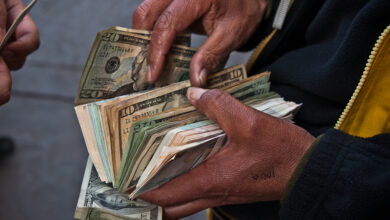Traditional Clothing from Africa used to Identify Different Tribes

The exquisite and colorful display of traditional clothing from Africa is one of the first things you will notice if you have ever attended any traditional African celebration.
This often adds color and style to the situations, which are already frequently lively.
One of, if not the most significant, markers of the continent’s rich cultural legacy and variety is traditional African dress.
Different ethnic groups on the continent have distinctive traditional African attire.
These outfits are often reserved for exceptional events, observances of festivals, and ceremonial occasions.
To create original styles, some inventive designers are increasingly fusing traditional African attire with different materials. As a result, some formerly traditional African clothing is being worn on a daily basis.
These garments often serve as a reflection of the status of certain persons or groups within an ethnic group as well as traditional society.
Owning one of these traditional African garments may help you stay connected to your heritage in addition to being elegant. Our selection of 11 traditional African outfits fairly represents all of the continent’s regions.
What materials are used in Traditional Clothing from Africa?
The materials used to create traditional African attire differ by area. For instance, Northern Africans naturally manufacture their Boubous out of silk whereas Sahelian Africans choose cotton.
The most common fabrics used to make African clothing include silk, cotton, and chiffon. The most popular fabric might sometimes come down to what is easily accessible in each area.
Also Read: How to Make Your Perfume Last Longer
What kind of clothes is most popular in Africa?
The dashiki seems to be the most well-liked African outfit. It is mostly worn in West Africa, although it has spread to other parts of the continent as well.
Users in East Africa, especially in Kenya and Tanzania, prefer to refer to it as Kitenge.
The most well-known traditional fabric will change as you go northward across the continent to become Djellaba.
Both men and women often wear this silk robe over other clothing. Muslims are often identified with this style of clothing.
Where can I get genuine Traditional Clothing from Africa?
There are several places where you may get African textiles. Visit only respected stores, nevertheless, to make sure you’re obtaining genuine fabrics from elite designers.
A one-stop store for all things African is IwearAfrican.com.
It serves as a forum for African designers to find a market for their distinctive creations on a worldwide scale. Without further ado, let’s look at 11 classic African outfits and their historical backgrounds.
1. Kente

The Ashanti and Ewe populations of Ghana are where the unisex kente, a traditional clothing from Africa. It is constructed from silk and/or cotton fabric strips that are patterned to suit the cloth.
Despite modern advances, Ashanti natives continue to weave traditional Kente clothing by hand. In the past, Ghanaian royalty wore cloth like a toga.
However, Kente print is now quite popular in both Asia and the West due to the popularity of Kente patterns.
Also Read: 7 Incredible African Tribal Custom
2. Iro ati Buba

Nigerian Yoruba women are the original owners of Iro and Buba, also known as Iro ati Buba, a traditional clothing from Africa. The outfit has five sections in its original form. The Iro is a big wrapper that is wrapped around the waist.
A loose blouse known as a buba is worn on the top torso. Globally renowned among Nigerian ladies is the gele, a headband. A short cloth called the Pele is knotted around the waist on top of the Iro.
The scarf known as the Iborun is worn over the left shoulder. However, fashionistas are abandoning the Pele and Iborun in favor of various textiles like lace, cotton, or chiffon to replace the conventional Aso Oke.
3. Boubou

The Boubou is a traditional clothing from Africa, a fashionable, and practical Senegalese robe that is worn by both men and women across Africa.
It is typically 150 cm wide and comes in a variety of lengths, depending on the wearer’s desire and height, and is made from a single piece of cloth.
There is also the great Boubou, which is more exquisite and uses 300 cm-long textiles that reach the ankles.
A neck hole is cut out, the cloth is folded in half, and the sides are stitched halfway up to create flowing sleeves down the sides. This is how designers traditionally create boubous.
The neck is broad and rounded in women. Contrarily, the ones of men are lengthy and V-shaped.
4. Kanzu

African males in the Great Lakes area of Africa wear kanzus, which are white or cream-colored traditional clothing from Africa
This comprises people from Burundi, the Democratic Republic of the Congo, Ethiopia, Kenya, Malawi, Rwanda, Tanzania, and Uganda.
It is known as Tunic in English and Thawb in Arabic. Men in Uganda often wear it at weddings and festivities, where it is particularly well-liked.
The Kanzu is worn by “men of culture” to project a sense of power and refinement.
5. Habesha Kemis
The Habesha ladies of Addis Abeba, Ethiopia, wear the traditional clothing from Africa known as the Habesha Kemis.
Typically, a habesha kemis robe covers the wearer from the neck to the ankles.
For formal occasions and holidays, ladies from Ethiopia and Eritrea look stunning. It now comes in a variety of styles, including those with short or long sleeves.
It is normally made from cotton cloth and is available in colors white, beige, or grey.
6. Djellaba

North Africans are the original owners of djabellas. A long, loose-fitting unisex robe is known as a jillaba or djellaba.
Additionally, it is often worn in the Maghreb area of North Africa and has full sleeves. Wool has always been the primary fabric used to create djellabas. But nowadays, breathable cotton djellabas are fashionable.
Djellabas often sweep the floor. However, lighter versions are often shorter and leaner. For religious festivals and other events, men dress in light-colored Djellabas, an Arab fez, and babouche shoes.
Also Read: African Beads: Waist Beads & Necklace Meaning
7. Shuka

The Maasai people of Tanzania and Kenya wear shuka, a t traditional clothing from Africa. It is often crimson with black stripes and is referred to as the “African Blanket.”
Prior to the Scottish colonization of Tanzania and Kenya, the Shuka was the customary attire for high-ranking members of the society.
Urban attire is now becoming more popular. A variation of this traditional attire is worn by employees to work.
Only the Maasai historically wore the Shuka. However, this indigenous African fabric is currently becoming more popular all over the world.
8. Dashiki

Dashiki is a kind of traditional clothing from Africa that is only worn by the Ewe people in Ghana. Additionally, they are vibrant clothing pieces that cover the top body.
Dashiki is a Unisex loose-fitting shirt with a V-shaped embroidered neck and long or full sleeves.
They also come in a variety of hues and shapes. Ghanaians often dress in dashikis with drawstring pants for both formal and casual situations.
Africans and Blacks in the West now wear them, even though they were formerly more widespread in Ghana and a few other West African countries.
Dashikis are fashionable and eye-catching, and let the wearer connect to their heritage.
9. Isidwaba
The isidwaba is a common Zulu clothing item. Isidwaba, also known as Isikhakha, is a traditional skirt worn by Southern African women who are engaged or married.
Authentic leather, which may be either cowhide or goatskin, is often used to make it.
It is decorated by the woman with a vibrant mat-like cloth. Isidwaba has been around since the 19th century when it first appeared, and the Zulus have continued to use it in the same way.
Isidwabas are traditionally given to daughters of brides by their dads from the cow the bride receives during her coming-of-age ceremony.
She must thus don the skirt on the day of her wedding. By wearing one of these authentic African garments, you may demonstrate your affinity for the Zulu culture.
10. Isiagu
The Igbos often wear the Isiagu.

The Igbo people of South-East Nigeria are where the Isiagu has its origins. The name “Isiagu” means “the head of a leopard” in its literal sense. You’ll be shocked to learn that the fabric has a lion’s head on it, however.
So the lion is now using the leopard’s traditional totem. The Isiagu combines a silk cloth with a lion’s head embroidered in a specific manner.
It is a long, baggy shirt that is often worn over a pair of black pants or knit wraps fastened at the waist.
It’s interesting to note that Igbo men also use the isiagu as a status symbol. They don it during formal events like coronations, ceremonial gatherings, and chiefs’ funerals.
Women wearing isiagu was formerly considered to be an abomination. The millennial generation has altered that narrative, however. Even some people use it to create their wedding gowns.
Also Read: African Tribes, Culture, & Traditions: Top Five Tribes of Africa with Traditional Cultures
11. Toghu/Atoghu
The Bamileke people of North-Western Cameroon are known for wearing the Toghu or Atoghu, a traditional clothing from Africa
The Toghu was formerly solely worn by monarchs as a symbol of their superiority to commoners. It is also a customary outfit for festivals, formal coronations, and other occasions.
Toghu is a vibrant design with embroidered designs. It is constructed of a silky black material.
Toghu has expanded internationally since the start of the twenty-first century as more African Americans continue to trace their ancestry to Cameroon.
Conclusion
Even now, traditional clothing from Africa still has significant cultural connotations. They also represent Africa’s rich cultural variety and legacy.
They are still highly prized even if the restrictions on who may wear them have loosened over time.
Unfortunately, it is acceptable for some significant traditional African clothes to be absent from a list as short and comprehensive as this one.
Is there, however, a significant traditional African garment that merits inclusion on this list? Do you know what you wear traditionally called? Consider sharing with us as well.





